Some Important Trip Features
Duration: A typical Nar-Phu Valley trek takes around 10 to 17 days, depending on the itinerary and acclimatization plan. Our itinerary assumes a minimum of 4 hours to 10 hours of walking per day during the trek. But make it flexible according to your physical condition and abilities.
Difficulty: This is a challenging trek that requires good physical fitness and prior experience in mountain walking. Acclimatization is crucial to prevent altitude sickness.
As a restricted area, trekkers need two essential permits:
1) Nar Phu Valley Restricted Area (Special Permit)
2) ACAP (Annapurna Conservation Area Project) Permit.
Nar Phu Valley Restricted Area (Special Permit): It costs 100$ per person for a week and for additional 15$ per day per person (September to November). And it costs 75$ per person for a week and for additional 15$ per day per person (December to August).
ACAP (Annapurna Conservation Area Project) Permit: It costs 30$ per person and will be valid during your Trek
How about TIMS for the Nar Phu Valley Trek?
TIMS is not necessary for the Nar Phu Valley Trek when you have a Restricted Special Trekking Permit of Nar Phu Valley.
Mandatory Guide: Due to its restricted status and challenging terrain, solo trekking is prohibited. You must join an authorized trekking agency in Nepal and trek with a licensed guide and in a group of two or more.
Solo Trekker can get Permit for Nar Phu Valley?
Naar Phu valley trekking permit will not issue for solo trekker. There should be at least 2 person in a group.
Altitude sickness:
Altitude sickness (acute mountain sickness) is difficulty of sleeping, dizziness, headache, fatigue, loss of appetite, rapid pulse, nausea, vomiting, etc. It affects mountain climbers, hikers, and skiers because of lower air pressure and lower oxygen levels. It occurs as the result of failure to adapt at a higher altitude. It happens most often in the brains or the longs after the fluid begins to leak from the blood vessels.
When the fluid collects in the brain, you initially get headaches, loss of appetite, nausea, tiredness, want to lie down and feel powerless, physically moving is unwilling, and a decrease of consciousness, and the problem with balance coordination is called high–altitude cerebral edema (HACE). If the fluid is collected in the lungs, you become breathless and dry, and it makes regular irritative cough, sometimes coughing up blood too, discoloration of the skin, and chest tightness is called high altitude pulmonary edema (HAPE).
Prevention:
To prevent acute mountain sickness; we have to follow fundamental gravity habits such as patience, consistency, and discipline in the mountain. The mountains have their own rule and regulations. We cannot turn them into our nature except by following and respecting them. Cloth on properly according to the altitude, avoid rapid altitude gain, drink enough water or fluid, take enough acclimatization time to adjust the body at a higher altitude, avoid alcoholic items, control smoking, eat regular meals, get higher & sleep at lower altitudes. Avoid high altitudes if you have heart and lung disease. If the symptoms occur then stop climbing mountains and descend to a lower altitude. In case the person is seriously sick, or cannot bring him/her to a lower altitude by walking and carrying then she/he should be rescued by quick Helicopter evacuation.
Clothing Equipment:
Lightweight walking boots, a pair of track shoes, and slippers to wear in the evening or when the boot is wet.
Warm jacket (Fibers fill or down should be adequate.)
Warm clothes or fleece jackets.
Thin and thick trousers.
Warm trousers are useful higher up in the mountains in the morning and at night.
Thermal underwear (These are excellent for sleeping at night)
A pair of loose-fitting long shorts and 1 lightweight long-sleeved –shirt are particularly suitable.
A woolen or warm hat to wear in the morning and at night. Sunhat and ensure it has a wide brim to cover the face and neck.
A pair of gloves (warm and normal ones)
2 pairs of thin and 2 pairs of thick warm socks.
Underwear, buff, and hankies as you need.
Accessories: Duffle bag or kit bag to carry your gears and Small rucksack to carry personal equirements for the day e.g. toilet paper, towel, soap, etc. Water bottle. Snow glasses and sunglasses, 2-4 large plastic bags to separate clean clothes from dirty ones. Headlamp with spare batteries, sun cream, personal medicine, lip guard, toothbrush, towel, Reading materials, game items (optional), notebook, rubber band, pen and pencil, a diary, a pocket knife, trekking map, passport, and copies.
Drinking Water: Travelers should be very aware of drinking water in Nepal. They are not completely adapted to digest direct normal spring water due to bacteria. So, we recommend you drink mineral water or boiled water. Also, you can use some purifier tablets such as chlorine tablets for purifying water on the trekking. We strongly recommend mineral water in the city area and purified or boiled water in the trekking.
Accommodation: We provide accommodation according to your demand and accessibility either normal standards or comfortable luxury hotels in the City. We provide very neat, clean, and comfortable hotels, lodges, friendly homestays, or locally what is available for the most suitable on tour. The hotel and lodges around Naar Phu are normals with Tibetan desinged or artistic with warm dinning room. Sometimes the hot shower room is seperate or in the out side.
Best Time to Trek
Spring (March to May) and autumn (September to November) are considered the best seasons for trekking in Nar-Phu Valley. These months offer stable weather, clear skies, and comfortable temperatures, providing excellent visibility of the mountains and lush landscapes.
Winter (December to February) is not recommended due to the cold, with a risk of heavy snowfall, potentially closing high passes. Phu village is largely abandoned by residents during this time.
Monsoon (June to August) brings rainfall, making trails slippery and increasing humidity in lower areas. However, as Nar-Phu is in a rain-shadow region, it can still be trekked, though with more challenges.



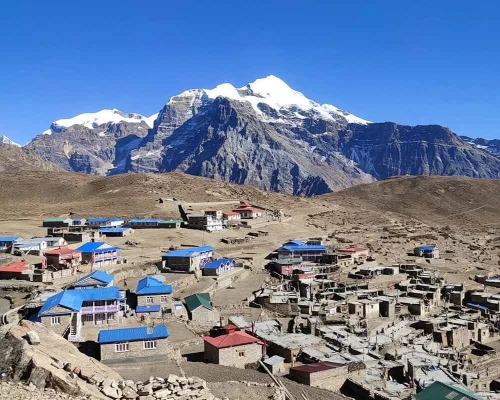

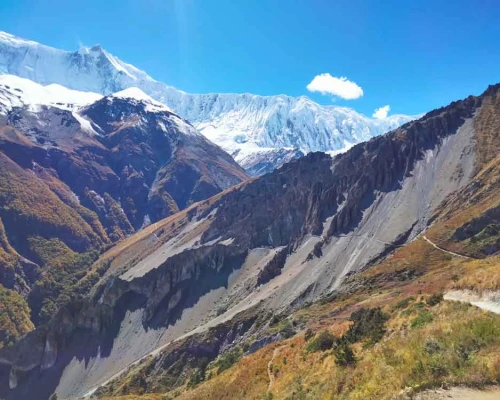
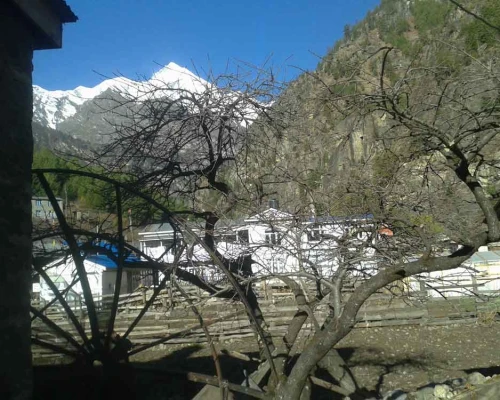
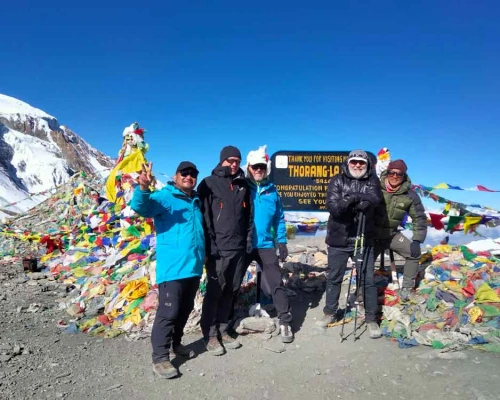
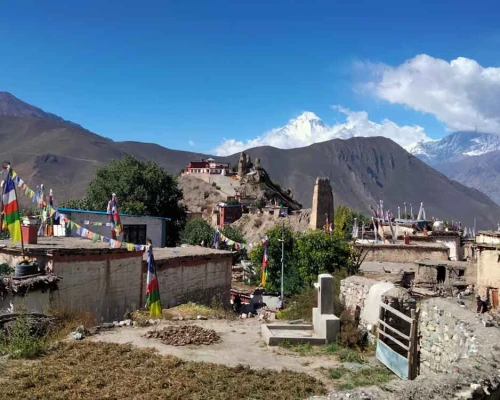
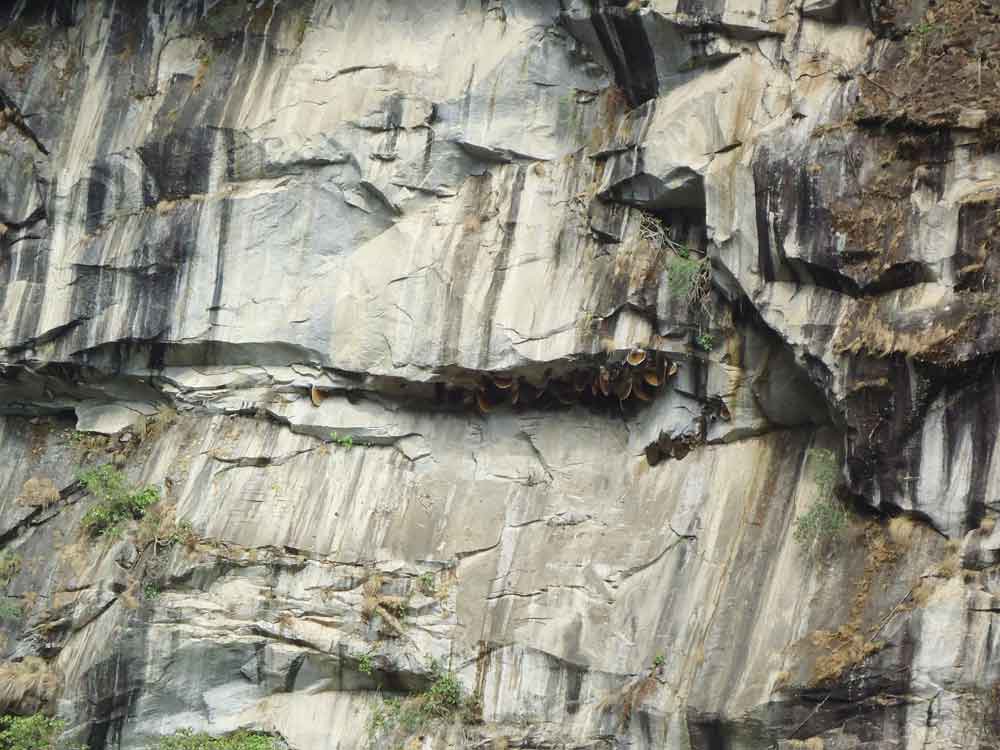
 The valley is extending to westward through the heavy bushes of fir and pine forests. After half an hour of walking, we reach Bagarchap (2160m) the village was once swept away by a flooded avalanche. After 25 minutes of walking you get in touch with Danaque village then walk steeply up to Timang village (2100m) through the forest. From Timang you will have excellent views of Mt. Manaslu, Lamjung Himal, Annapurna II (7937m), and Annapurna III (7555m). Make a small break in this typical Tibetan architectural village. Their typical homes are very beautiful with stacking firewood on the roofs in preparation for the long, hard winters. The village marks the transition between the lower wet valleys and the higher dry arid areas of the Manang Valley. The path is gradually flat to Thanchok (Buckwheat, potatoes, and barley land) then Koto overnight.
The valley is extending to westward through the heavy bushes of fir and pine forests. After half an hour of walking, we reach Bagarchap (2160m) the village was once swept away by a flooded avalanche. After 25 minutes of walking you get in touch with Danaque village then walk steeply up to Timang village (2100m) through the forest. From Timang you will have excellent views of Mt. Manaslu, Lamjung Himal, Annapurna II (7937m), and Annapurna III (7555m). Make a small break in this typical Tibetan architectural village. Their typical homes are very beautiful with stacking firewood on the roofs in preparation for the long, hard winters. The village marks the transition between the lower wet valleys and the higher dry arid areas of the Manang Valley. The path is gradually flat to Thanchok (Buckwheat, potatoes, and barley land) then Koto overnight.






